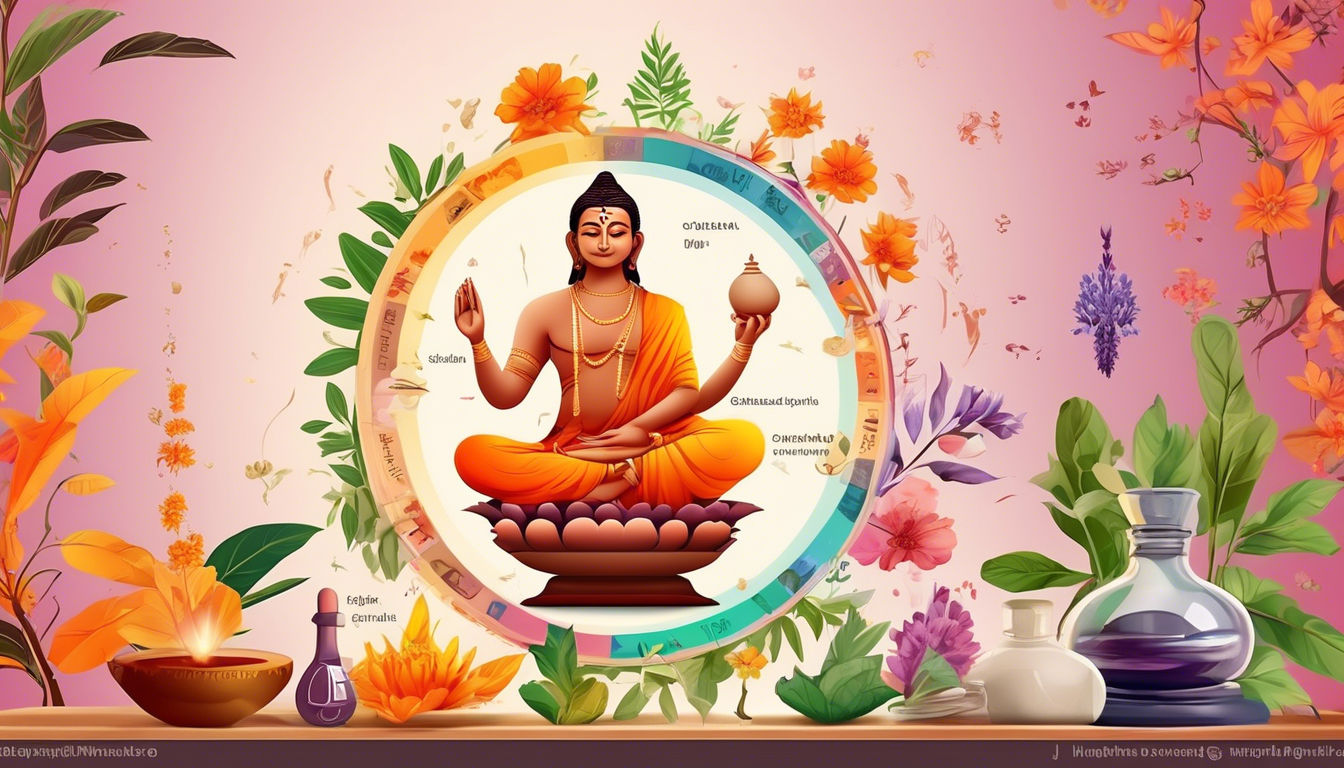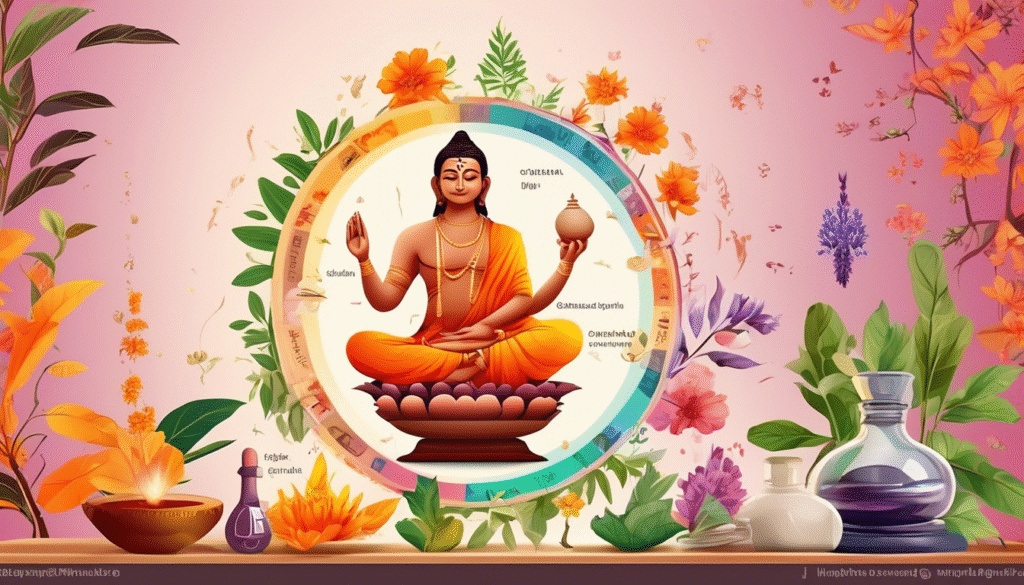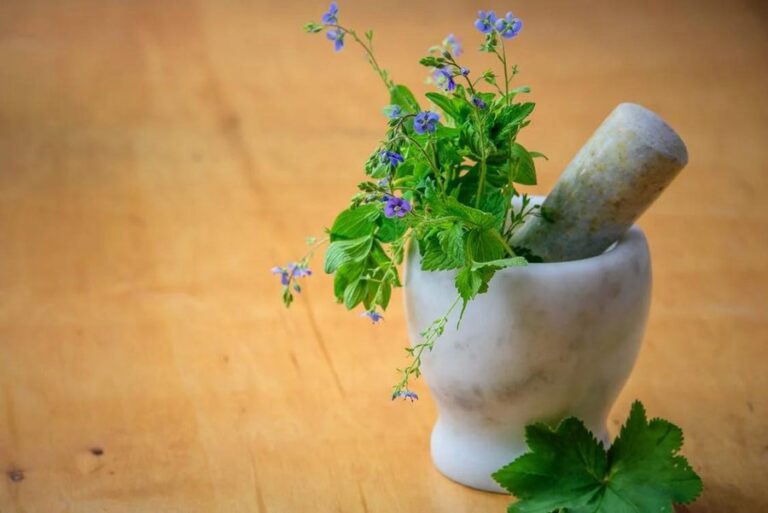Understanding the Distinctions: How Siddha Differs from Ayurveda, Allopathy, and Homeopathy

Introduction to Siddha Medicine
Siddha medicine is an ancient healing system that originated in South India, deeply rooted in Tamil culture and philosophy. It is one of the oldest traditional medical systems in the world, with a comprehensive approach to health and wellness. Siddha emphasizes the balance between the body, mind, and spirit, offering a unique perspective on health that separates it from other systems such as Ayurveda, Allopathy, and Homeopathy.
In Siddha, the concept of health is intertwined with spirituality. Practitioners believe that physical ailments are often manifestations of deeper emotional or spiritual issues. Thus, the Siddha approach not only focuses on treating the symptoms of a disease but also aims to identify and address its underlying causes. This holistic perspective makes Siddha a fascinating subject of study and practice.

The methodology of Siddha includes the use of herbal medicines, minerals, and dietary practices, tailored to an individual’s constitution. By understanding the unique characteristics of each person, Siddha practitioners can provide personalized treatment plans that promote overall well-being. As we delve deeper into the distinctions between Siddha and other medical systems, we can appreciate the unique contributions that Siddha offers to holistic health.
Overview of Ayurveda
Ayurveda, another ancient Indian healing system, translates to “the science of life.” This holistic approach emphasizes balance among body, mind, and spirit, utilizing natural remedies, lifestyle changes, and dietary modifications to promote health. Ayurveda is based on the concept of three doshas—Vata, Pitta, and Kapha—which represent different energies within the body. Understanding an individual’s dominant dosha is crucial for devising an effective treatment plan.
The primary aim of Ayurveda is to maintain health and prevent disease rather than merely treating ailments. Practitioners often use herbal medicines, oils, and dietary recommendations to restore balance and harmony within the body. Additionally, Ayurveda incorporates practices like yoga and meditation, emphasizing the importance of mental and emotional well-being.
While Ayurveda and Siddha share several similarities, such as their holistic approach and use of natural remedies, their philosophical underpinnings and treatment modalities can differ significantly. By examining these differences, we can gain a clearer understanding of how Siddha stands apart in the landscape of traditional medicine.
Understanding Allopathy
Allopathy, often referred to as conventional or Western medicine, is based on the principles of science and empirical evidence. This system primarily focuses on the diagnosis and treatment of diseases using pharmaceutical drugs, surgery, and other medical interventions. The underlying philosophy is to combat illness through counteracting symptoms, often with the goal of eradicating the disease entirely.
In Allopathy, treatments are typically standardized, meaning that the same medication or procedure may be prescribed for many patients with similar conditions. This approach can be highly effective in acute situations, such as infections or injuries, where immediate intervention is essential. However, critics argue that Allopathy can sometimes neglect the individual nuances of a patient’s overall health and lifestyle.
While Allopathy has made remarkable advancements in medical science, its methods differ significantly from those of Siddha. Understanding these differences can help us appreciate the diverse paths available in healthcare and how each system contributes to our collective knowledge and practice of medicine.
Exploring Homeopathy
Homeopathy is a distinct system of medicine that operates on the principle of “like cures like.” Developed in the late 18th century by Samuel Hahnemann, Homeopathy posits that substances that produce symptoms in a healthy person can be used to treat similar symptoms in a sick person when administered in highly diluted forms. This approach is grounded in the belief that the body can heal itself when stimulated appropriately.
Homeopathic remedies are prepared through a process of serial dilution and succussion (vigorous shaking), which proponents claim enhances the remedy’s healing properties while minimizing toxicity. Homeopathy is often utilized for chronic conditions and emphasizes the importance of treating the individual as a whole rather than just addressing isolated symptoms.
While Homeopathy shares a holistic philosophy with both Siddha and Ayurveda, its fundamental principles and treatment methodologies diverge significantly. Exploring these distinctions can enrich our understanding of various medical systems and their respective roles in promoting health and wellness.
Key Principles of Siddha
The Siddha system is built on several key principles that guide its practice and philosophy. First and foremost is the concept of Pancha Mahabhuta, which translates to the five great elements: earth, water, fire, air, and space. These elements are believed to constitute the universe, including the human body. The balance of these elements is essential for maintaining health and preventing disease.
Another critical principle is the concept of Tridosha, which involves the three bodily humors: Vata, Pitta, and Kapha. Siddha medicine considers the balance of these humors to be vital for physical and mental well-being. Each person has a unique constitution, and understanding this helps practitioners tailor treatments to individual needs.
Moreover, Siddha emphasizes the importance of lifestyle and diet. Specific food choices and daily routines are prescribed based on a person’s constitution and health condition. This focus on personalized care is a hallmark of Siddha medicine and sets it apart from other systems. By adhering to these principles, Siddha practitioners aim to restore harmony and balance within the body, mind, and spirit.
How Siddha Differs from Ayurveda
When comparing Siddha to Ayurveda, several fundamental distinctions emerge. One of the primary differences lies in their philosophical foundations. While both systems emphasize holistic health, Ayurveda places a stronger focus on the balance of doshas, whereas Siddha centers on the balance of the five elements and bodily humors. This difference shapes the diagnostic and treatment approaches in each system.
In terms of treatment modalities, Ayurveda extensively uses herbal medicines and dietary practices, while Siddha incorporates a broader spectrum of remedies, including minerals and metals. Siddha practitioners may employ complex formulations that include both herbs and minerals, which can differ from Ayurveda’s preference for plant-based treatments. This diversity in treatment options allows Siddha to address a wide array of health issues.
Additionally, the cultural context of Siddha and Ayurveda plays a role in their differences. Siddha is deeply rooted in Tamil culture and encompasses a unique spiritual dimension that is less pronounced in Ayurveda. The cultural beliefs, rituals, and practices surrounding Siddha contribute to its distinct identity as a healing system. As we explore these differences, we can appreciate the diversity of traditional medicine and its relevance in contemporary healthcare.
How Siddha Differs from Allopathy
The differences between Siddha and Allopathy are pronounced, primarily in their approaches to treatment. Allopathy focuses on the use of drugs and surgical interventions to combat disease, often prioritizing quick results in acute conditions. In contrast, Siddha takes a more holistic approach, seeking to address the root causes of illness through personalized treatment plans that consider the individual’s overall health, lifestyle, and emotional well-being.
Another key distinction lies in the understanding of disease. Allopathy tends to view diseases as isolated entities that require targeted treatment, while Siddha perceives illness as a manifestation of imbalances within the body and mind. This perspective leads to a more comprehensive approach to health, where practitioners aim to restore harmony rather than merely eliminating symptoms.
Furthermore, the role of the practitioner differs significantly between these systems. In Siddha, practitioners often develop a deep, personal relationship with their patients, emphasizing trust and communication. This contrasts with Allopathy, where the patient-practitioner relationship can sometimes feel more transactional due to the fast-paced nature of conventional medical practice. Understanding these distinctions helps us recognize the diverse philosophies and methodologies that shape our healthcare landscape.
How Siddha Differs from Homeopathy
Examining Siddha in relation to Homeopathy reveals additional differences in their treatment philosophies. Homeopathy operates on the principle of “like cures like,” using highly diluted substances to stimulate healing. In contrast, Siddha employs a broader range of treatments, including herbal medicines, minerals, and lifestyle modifications, focusing on restoring balance within the body rather than merely addressing symptoms.
Another significant distinction is the approach to diagnosis. Homeopathy relies heavily on detailed patient histories to identify symptoms and the corresponding remedy. Siddha, however, utilizes a more comprehensive diagnostic process, which may include pulse diagnosis, physical examinations, and assessments of mental and emotional states. This holistic diagnostic approach enables Siddha practitioners to formulate individualized treatment plans that address the whole person.
Furthermore, the cultural and historical contexts of these two systems differ. Siddha medicine is deeply rooted in Tamil culture and spirituality, emphasizing the connection between physical and spiritual health. Homeopathy, on the other hand, has its origins in Europe and is primarily grounded in scientific principles. Recognizing these differences enriches our understanding of the diverse medical traditions available to us.
Efficacy and Applications of Siddha
The efficacy of Siddha medicine can be observed in its applications for a wide range of health conditions. Traditional Siddha practitioners have successfully treated various ailments, including chronic conditions such as diabetes, arthritis, and respiratory disorders. The holistic nature of Siddha allows for comprehensive treatment plans that address not only physical symptoms but also emotional and mental health.
Research and clinical studies have begun to explore the effectiveness of Siddha treatments, providing evidence that supports its applications. Herbal formulations, dietary practices, and lifestyle modifications are being studied for their potential benefits, paving the way for greater acceptance of Siddha medicine in modern healthcare. However, more rigorous scientific research is needed to validate these findings and establish Siddha as a complementary approach to conventional medicine.
As I reflect on the applications of Siddha, I recognize the importance of integrating traditional knowledge with modern medical practices. By doing so, we can create a more comprehensive healthcare system that respects diverse healing traditions and offers patients a holistic approach to well-being.
Conclusion: The Unique Value of Siddha
In conclusion, the distinctions between Siddha, Ayurveda, Allopathy, and Homeopathy highlight the rich tapestry of medical traditions available to us. Each system offers unique insights and approaches to health and healing, reflecting the diverse cultural contexts from which they originate. Siddha, with its emphasis on holistic health, personalized treatment, and spiritual well-being, holds a unique position in the landscape of traditional medicine.
As we navigate our healthcare choices, it is essential to recognize the value of integrating different approaches. Siddha offers valuable insights into the connection between body, mind, and spirit, reminding us that health is not merely the absence of disease but a harmonious balance of all aspects of life.
If you’re considering exploring Siddha medicine, I encourage you to consult with a qualified practitioner. Health is Precious – Reach Out to Priya Siddha Clinic Before Trying Any Siddha Medicine. By doing so, you can embark on a journey toward greater health and well-being, guided by the wisdom of this ancient healing tradition.





